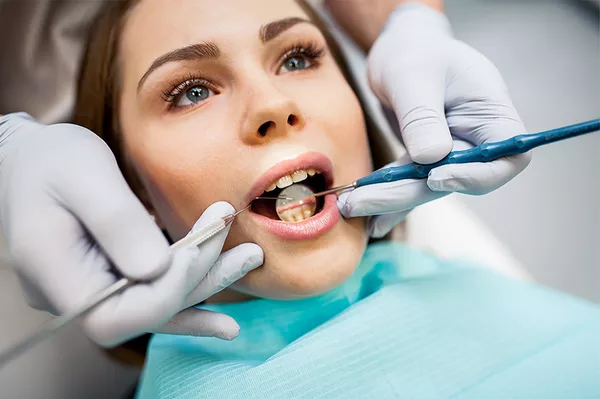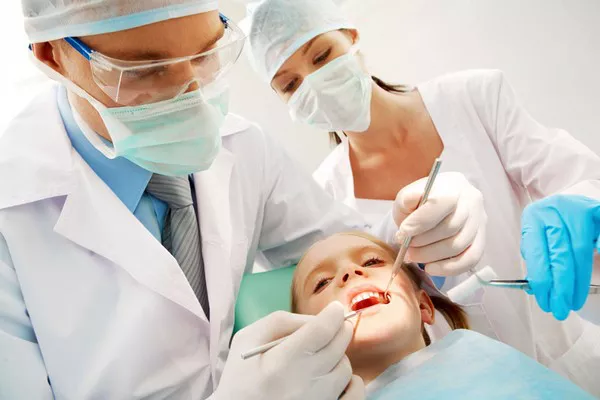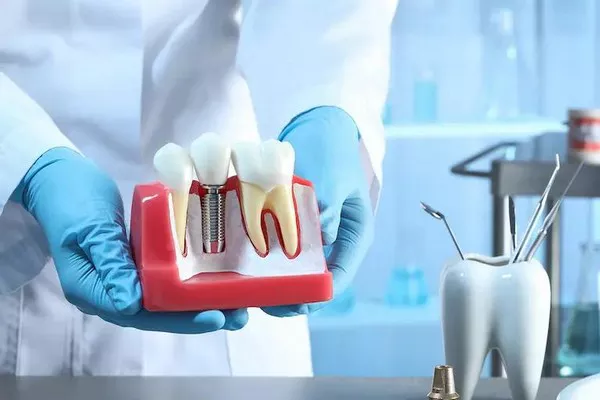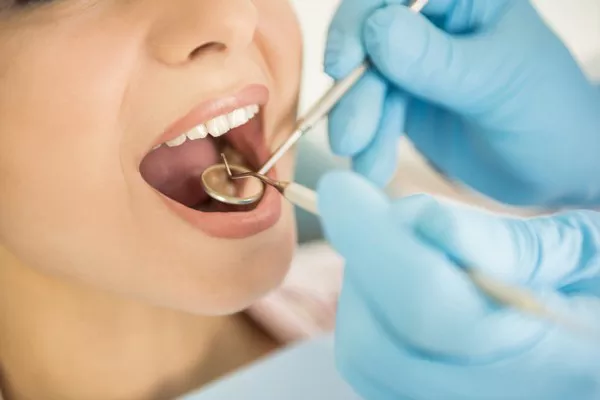Periodontal disease is a common dental condition that affects the gums and supporting tissues around the teeth. While several factors contribute to the development of periodontal disease, microorganisms play a significant role. Here’s what you need to know about the microorganisms that cause periodontal disease:
Bacteria
The primary microorganisms involved in periodontal disease are bacteria. These bacteria form a sticky film called plaque on the teeth and gums. Plaque is a haven for bacteria, allowing them to multiply and produce toxins that can damage the gums and other tissues.
Specific strains
While many different types of bacteria can cause periodontal disease, certain strains are particularly harmful. For example, Porphyromonas gingivalis is a bacterium that has been linked to severe cases of periodontal disease. Other harmful strains include Tannerella forsythia, Treponema denticola, and Aggregatibacter actinomycetemcomitans.
Biofilm
Bacteria that cause periodontal disease do not exist as individual cells but rather as a community of microorganisms known as a biofilm. This biofilm allows the bacteria to communicate with one another, share nutrients, and protect themselves from antibiotics and the immune system.
Inflammatory response
When the bacteria in the biofilm produce toxins, the body responds with an inflammatory response. This response can damage the gums and other tissues, leading to the symptoms of periodontal disease, such as redness, swelling, and bleeding.
Contributing factors
While microorganisms are a primary cause of periodontal disease, several factors can contribute to their growth and activity. These include poor oral hygiene, smoking, a weakened immune system, and certain medications.
In conclusion, microorganisms play a significant role in the development of periodontal disease. Bacteria, particularly harmful strains, form a biofilm that produces toxins and triggers an inflammatory response. Proper oral hygiene and other preventive measures can help control the growth and activity of these microorganisms and reduce the risk of periodontal disease.
































